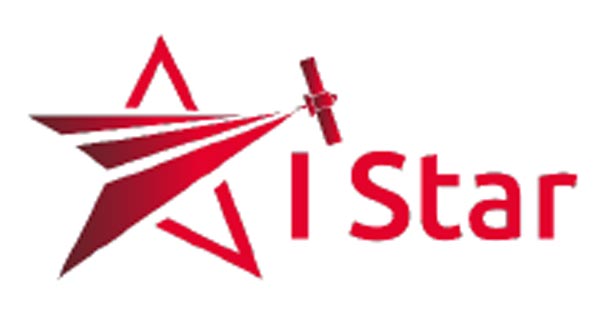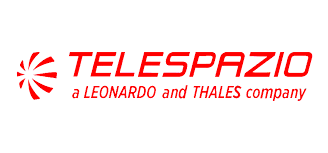
 Ground Stations & Mission Management
Ground Stations & Mission Management  Platform
Platform The overarching objective of I*STAR is to minimize latency time between an event occurrence and the submission of a feasibility request. Leveraging advanced artificial intelligence techniques, I*STAR demonstrates the ability to:
By applying artificial intelligence algorithms, I*STAR models user preferences, encompassing satellite platforms, themes, areas of interest, types of acquisitions, and suggested events. This enables to offer tailored recommendations, aligning precisely with users’ business needs. The specific outputs include suggestions for suitable catalogue products for download and intelligent mission programming.
The intelligent tasking capabilities not only optimize missions by utilizing orbit gaps left unused in standard programming but also significantly reduce operational costs through fully automated order scheduling, maximizing satellite capacity utilization. This adaptable solution can be delivered either as a full platform or as a service, offering flexibility to cater to diverse user requirements.
Targeting EO constellation operators, I*STAR aims to streamline user interaction with the mission ground segment, optimize on-board resource utilization, reduce mission planning times, and enhance automation. With a focus on providing data and value-added services, I*STAR seeks to maximize data sales volumes for its customers. The primary challenges faced by I*STAR include unsaturated constellation capacity and missed opportunities for tasking. I*STAR proposes revenue growth by offering users tailored data through its monitoring services, tightly integrated with intelligent feasibility, thereby unlocking higher commercial opportunities for mission providers.
Target customers are EO constellation operators who:
I*STAR is presented as an as-a-service application, aiming to enhance the capabilities of end-user platforms such as ground segments or any service platforms acting on behalf of users. The primary objectives include elevating user experience by suggesting relevant archived products and potential new acquisitions, automating end-user platform operations to reduce operational costs, improving mission efficiency by recommending new acquisitions to fill gaps in the planning process, and leveraging information from social and institutional portals to address acquisition needs based on events like floods or earthquakes.
To meet these objectives, I*STAR focuses on several key capabilities:
The as-a-service configuration of I*STAR provides access to functionalities and integrates with external entities, such as the Control Ground Segment, through APIs. It is designed for instantiation in a multi-tenant environment, allowing each Ground Segment to have a dedicated instance of I*STAR. Each instance is multi-mission, meaning that if a Ground Segment hosts multiple missions, all satellite platforms will be managed by the same I*STAR tenant in a multi-mission operating mode.
To the best of our knowledge, there is currently no comparable solution on the market. Presently, each mission relies on a dedicated solution for satellite tasking, lacking a comprehensive view of satellite acquisition to effectively meet customer needs. I*STAR addresses this gap by introducing a unique data access pattern in Earth Observation, a novel approach not previously deployed for satellite data acquisitions. By guaranteeing a unified data access pattern to mission providers and usersh, I*STAR ensures the delivery of products and acquisitions tailored to user profiles, highly reducing the need for specific expertise on individual missions. This streamlines activities and delivers significant value to both service providers and end-users.
Notably, our solution is inherently mission and sensor agnostic, allowing easy configuration to support various missions and data sources. The adaptability of our AI algorithms ensures they automatically adjust to diverse needs, avoiding the need for specific development for a particular class of products or acquisitions. I*STAR adopts a micro-services architecture, packaged as Docker Containers, and is designed to run on Kubernetes or equivalent platforms. This “as-a-Service” infrastructure can be seamlessly instantiated and operated on any cloud provider or platform, providing flexibility and scalability for users.
The project has reached a successful conclusion and is now accessible both as a standalone service and integrated within EASE-ground, a digital ground segment product within the Telespazio digital portfolio. This milestone marks the availability of the project to users in various deployment options, providing flexibility in choosing the most suitable approach based on their specific needs and preferences. Whether accessed independently as a service or seamlessly integrated into the comprehensive EASE-ground platform, the project aims to cater to a diverse range of users within the emerging New Space Economy.
